What is Autoimmune Inner Ear Disease?
Autoimmune inner ear disease, as the term suggests is an immune disorder that affects the structure of the inner ear. To better understand the condition, here is a brief description about immune disorders and the ear structure. The immune system is a part of the human body that helps to fight off infections and diseases by attacking foreign bodies or microorganisms like bacteria, viruses and fungi that are often responsible for infections. Under normal circumstances in a healthy individual the immune system performs this important function, as a protector against infection. It is the body’s natural defense mechanism but in some people, the system may ‘malfunction’. In such circumstances, the individual’s immune system may turn on the body itself and begin targeting healthy cells. This is known as an autoimmune disorder.
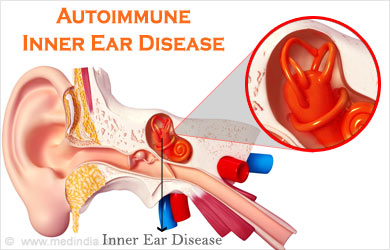
The human ear comprises of three parts, the outer, the middle and the inner ear; these divisions are self-explanatory, with the outer ear comprising of the visible external portion of the ear including the ear canal that leads to the eardrum. The eardrum separates the outer ear from the middle ear, which comprises of a chamber of air with small bones. The bones transfer sound to the inner ear. The Eustachian tube opens up in the middle ear and helps to regulate air pressure. The inner ear contains the cochlea, which is the hearing organ and the vestibular complex, which is involved with balance. The auditory nerve conveys sound from the inner ear as impulses to the brain.
Autoimmune inner ear disease or AIED is basically an inflammatory condition that affects the inner ear and is caused by an attack of the immune system on cells of the inner ear. This is a relatively rare condition and is believed to be responsible for less than 1 percent of all cases of hearing impairment.
Causes of Autoimmune Inner Ear Disease
It is pretty clear that the AIED is caused by some dysfunction in which antibodies produced by the immune system or immune cells attack and damage the inner ear. How this comes about is still a matter of debate and while it is being investigated, there are several plausible theories:- When there is any damage to the inner ear, cytokines are released, which may provoke other immune reactions. This theory would also make a plausible explanation for the attack and remission cycle, which is seen in diseases like meniere’s.
- Just as we sometimes have ‘friendly fire’ in battles, so too in the human body, Inner ear damage is sometimes part of the collateral cost when antibodies or T-cells are fighting off a particular bacteria or virus, with which the ear shares certain common antigens. At present, this is the most popular theory to explain AIED.
- The eye and likewise the ear may only have partial immunity and there are certain antigens that are not recognized by the immune system. Such ‘unknown’ antigens from the inner ear may be released when recovering from an infection or surgery. As the immune system has no knowledge of these antigens, it launches an attack on what it detects as a foreign body.
- Genetic factors may also play some role, as certain aspects of the immune system that are controlled by genes may increase susceptibility to autoimmune inner ear disorders but a lot more research data is needed as so far results have been specifically applicable to particular ethnic groups.
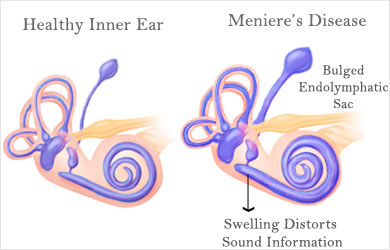
Signs and Symptoms of Autoimmune Inner Ear Disease
The signs and symptoms of autoimmune inner ear disease are not always easy to recognize, as they can often be confused with otitis media symptoms. Typical symptoms include the following:- Progressive deterioration in hearing in both ears with hearing loss occurring over a period of weeks or months. One ear may be affected before the other.
- Sensations of fullness and blocked ear are not uncommon.
- Dizziness and vertigo may also be observed.
- Tinnitus is another symptom that is rather common and patients may notice a ringing or constant hissing sound in the ear.
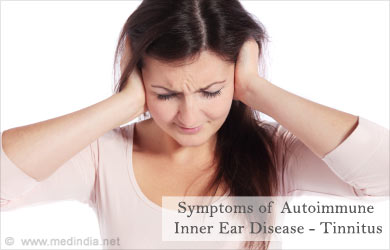
Diagnosis of Autoimmune Inner Ear Disease
Because of the similarity of symptoms to otitis media, AIED is not easy to diagnose and is usually only detected when it begins to affect the second ear. The diagnosis of autoimmune inner ear disease is made using several techniques.There is no single test that is recommended for the evaluation or detection of AIED and the diagnosis is instead arrived at through exclusion and observed responses to steroids. Patients will need to go through a plethora of tests, most of which will be of extremely low yield.
Your health care provider will study your medical history, response to steroids and immunosuppressive medication and will carefully evaluate clinical findings and the immunologic function of your serum.
Lab tests can help and will evaluate certain parameters as part of an immune screen. These include:
- Erythrocyte sedimentation rate
- Rheumatoid factor
- Anti-nuclear antibody titer
- Quantitative immunoglobulin determination
- Leukocyte migration inhibition test
- A Complete Blood Count or CBC
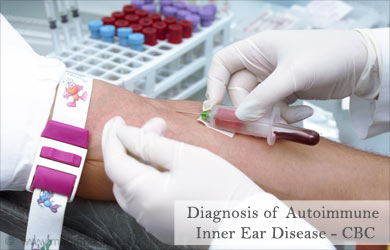
- FTA/ABS blood screen
- MRI, with contrast, of brain and cerebellopontine angle
- Lymphocyte blast transformation
- Lipid panel
- Steroid trial
Treatment for Autoimmune Inner Ear Disease
There are several methods of treatment and patients may often need to undergo multiple treatment regimens to find a suitable therapy. Because of the rarity of this condition, experts find it hard to study and this is reflected in contradictory findings and inadequate studies. By and large, there are certain protocols followed in the treatment of autoimmune inner ear diseases that include the following:- When bilateral hearing losing is progressing rapidly, steroid trials are started. This usually lasts for nearly a month. If responsive to steroids, health care providers may also prescribe a type of chemotherapy medication and plasmapheresis.
- An anti-tumor necrosis factor drug may also be administered and has been found to be quite promising. Unfortunately, it is not easily available because of difficulties in its manufacture. Although there is an alternative that is being used, newer drugs still need to be tested for their efficacy.
- Plasmapheresis, which is a process of plasma replacement therapy, may also help in the treatment of the condition.
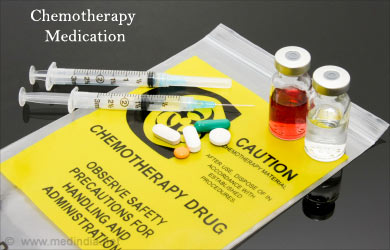
Prevention of Autoimmune Inner Ear Disease
Sadly, at present there is no known way to prevent autoimmune inner ear disease. The causes of the condition are not always clearly understood and as knowledge about the causes and treatment still remain highly debated, there is not much you can do to prevent the condition. However, it is extremely rare and you could instead take steps to prevent other common ear conditions that could escalate and cause complications that may also result in hearing loss.Read more: Autoimmune Inner Ear Disease Causes, Symptoms, Diagnosis and Treatment http://www.medindia.net/patients/patientinfo/autoimmune-inner-ear-disease.htm#ixzz3kFgv3JXR